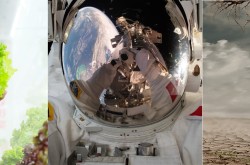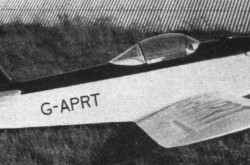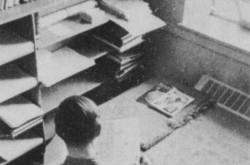Making youth a key part of Canada’s innovation ecosystem


This fall, I had the honour of participating in a wide range of events that showcased the innovative potential of Canadian youth. From the Little Inventors: Inventions for Space Canada-wide competition (run by Natural Sciences and Engineering Research Council of Canada and the Canadian Space Agency) to the Prime Minister's Science Fair to the official launch of the University of Ottawa's Science, Technology, Engineering and Math (STEM) complex, I have seen first-hand the unlimited potential of our Canadian youth. I’ve also observed the commitment of our academic, industry, and government leaders to nurture and unleash that potential.
In addition to its focus on developing technologies and companies as part of its Innovation Agenda, the Government of Canada has also recognized a third important pillar — the importance of developing people through STEM and skills development. The various events of the past month are examples of how we can bring out the best in our youth, through competition and engagement.
But are there ways of embedding youth more consciously in the innovation ecosystem? Particularly at a younger age — in primary and secondary schools — when the opportunity best exists for inspiring interest in STEM disciplines. This is a question we are asking ourselves within the national Aero/Space and Mobility Network.
With more than 30 partners from industry, government, academia, and museums, the network's goal is to find ways to inspire future generations, build skills, and promote diversity. One of our primary assumptions is that we already have a lot of existing infrastructure, programs, and projects that would help us meet these goals if we simply made these programs visible and accessible to the public — particularly to our youth.
The network featured one example of such a program at the Prime Minister's Science Fair. At Algonquin College, third-year students of the Game Development program are required, as a condition of graduation, to build a game that would be of high enough quality to sell on the open market. Much of the amazing work these students do takes place behind closed doors. The network wanted to see what would happen if we opened this work up to the public.
Provided with a space at the Canada Aviation and Space Museum, 10 Algonquin students were selected last year to build a Virtual Reality Rover Mission experience. Opening up their lab three afternoons a week, the students presented their product at different stages of development. The public response was overwhelmingly positive. By engaging the students in a lab environment, our visitors were inspired to ask questions about coding, design, and game development, as well as the science behind the game. The college students also benefited. Not only did they get to showcase their work in a public venue — including to many VIP industry and government visitors — they also had the opportunity to develop “soft skills” by engaging in non-technical, jargon-free communication with youth and the general public.
Heading into year two, the network now hopes to consciously engage other stakeholder groups in developing phase II of the VR Simulation Lab. On one side, we are looking to more consciously connect our students to some of our industry partners as mentors and advisers. We are also investigating with our partners the potential commercial application of some of the work the students have done. Rover yards are not abundant. Can the virtual space be used to simulate some of the tests rover companies have to do? Finally, we are also looking at ways to consciously connect our college students with secondary students in a more formal fashion.
With our VR lab up and running, the network is now beginning to look at other existing programs and projects that we can open up to the public. There isn't always a need to reinvent the wheel. How do we use some of the amazing work that is already going on behind closed doors and open it up to our youth? I challenge others in the community to think of similar opportunities. How do we open our labs? How do we create testing and training facilities that are open to the public? Often, what you are already doing is of infinite interest to the public. It sometimes doesn't take a lot for a museum professional or an educator to leverage this existing work into a youth driven program. Our VR lab is proof of that.
If you have an interest in learning more about the Aero/Space and Mobility Network, contact Chris Kitzan at ckitzan@IngeniumCanada.org.








